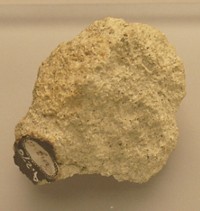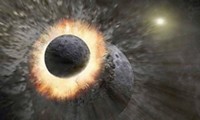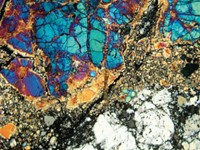Advertisement
Grab your lab coat. Let's get started
Welcome!
Welcome!
Create an account below to get 6 C&EN articles per month, receive newsletters and more - all free.
It seems this is your first time logging in online. Please enter the following information to continue.
As an ACS member you automatically get access to this site. All we need is few more details to create your reading experience.
Not you? Sign in with a different account.
Not you? Sign in with a different account.
ERROR 1
ERROR 1
ERROR 2
ERROR 2
ERROR 2
ERROR 2
ERROR 2
Password and Confirm password must match.
If you have an ACS member number, please enter it here so we can link this account to your membership. (optional)
ERROR 2
ACS values your privacy. By submitting your information, you are gaining access to C&EN and subscribing to our weekly newsletter. We use the information you provide to make your reading experience better, and we will never sell your data to third party members.
Physical Chemistry
The Moon’s Big Impact
Oxygen isotope ratios support the idea that the moon formed from the collision of a planet-sized body with Earth
by Elizabeth K. Wilson
June 9, 2014
| A version of this story appeared in
Volume 92, Issue 23
For the first time, scientists have found physical evidence that supports the reigning hypothesis of how Earth’s moon was formed (Science 2014, DOI: 10.1126/science.1251117). A Mars-sized body, which scientists call Theia, is believed to have slammed into early Earth billions of years ago. In the aftermath, fragments, mostly of Theia, coalesced into the modern-day moon. However, no differences between moon and Earth rock samples had been found to show evidence that Theia came calling. A standard marker for such differences is the 17O/16O ratio, which has a characteristic value in most of our solar system’s bodies. Daniel Herwartz of Georg August University, in Göttingen, Germany, and colleagues took a closer look at freshly prepared lunar samples, using the latest in isotope ratio mass spectrometry techniques. They found that the 17O/16O ratio of lunar samples was shifted 12 ppm from the ratio in Earth samples. That difference is enough to validate the giant impact hypothesis, the researchers say. “The next goal is to find out how much material of Theia is in the moon,” Herwartz says.





Join the conversation
Contact the reporter
Submit a Letter to the Editor for publication
Engage with us on Twitter